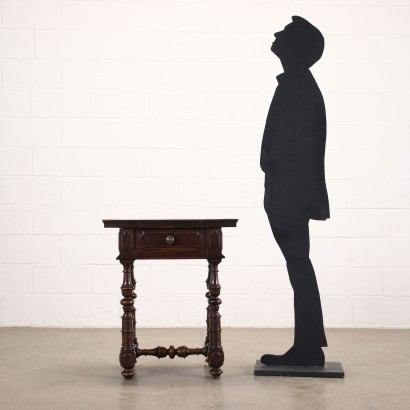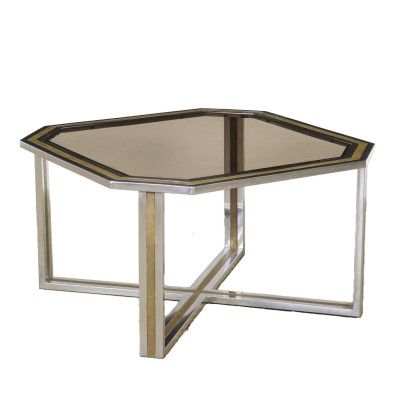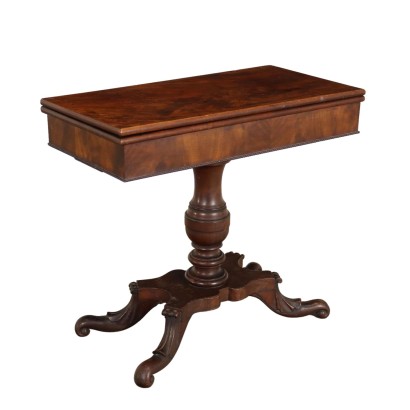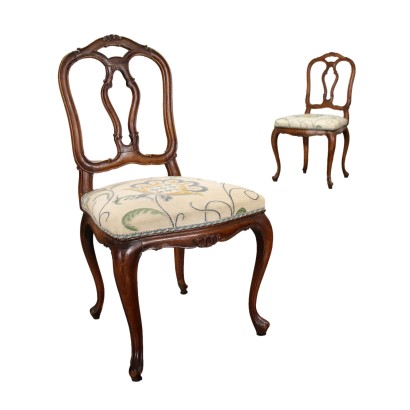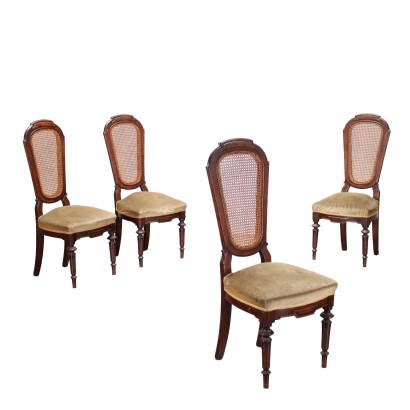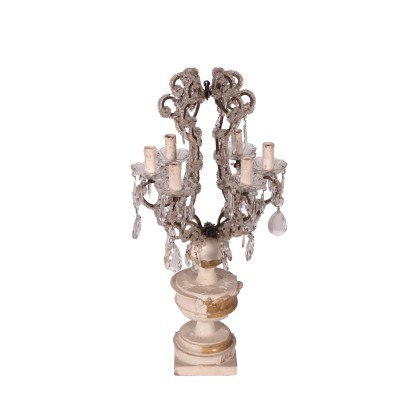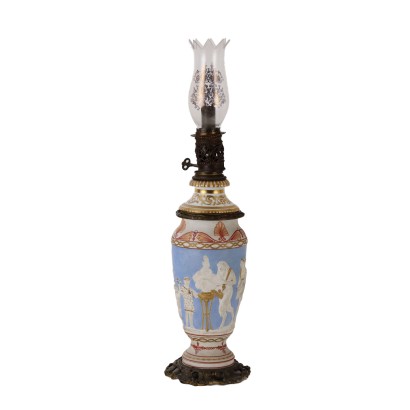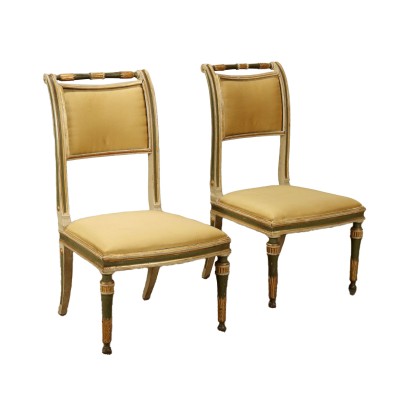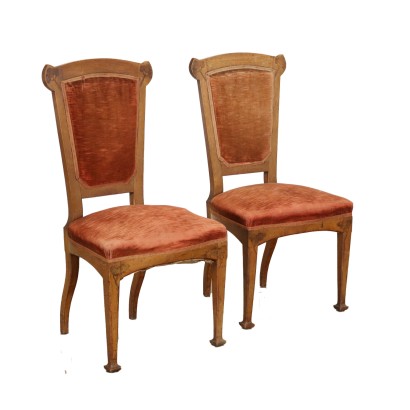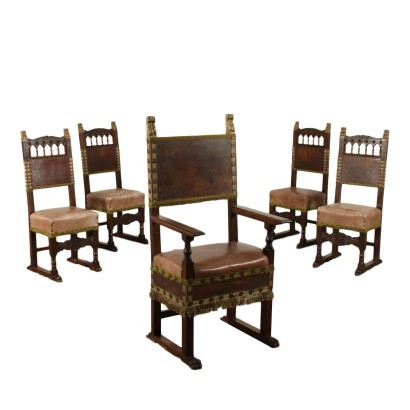Neo-Baroque Table Walnut Italy XIX Century - Italy, second half of the 19th century
Features
Italy, second half of the 19th century
Style: Neo-Baroque (1860-1890)
Age: 19th Century / 1801 - 1900
Origin: Italy
Main essence: Walnut
Description
Neo-baroque spool table in walnut, Italy, second half of the 19th century. Drawer in the fascia, turned uprights and crossbar, top-mounted feet.
Product Condition:
Product that due to age and wear requires restoration and resumption of polishing.
Dimensions (cm):
Height: 77
Width: 65
Depth: 45
Additional Information
Style: Neo-Baroque (1860-1890)
Anticipated in England in the first half of the 19th century on reminiscences of the Elizabethan style, it returns in vogue around 1870, but interpreted in a very free way.At the beginning it represents a response to the frivolity of the neo-rococo, but soon expires in a pompous and eclectic style that combines severe sixteenth-century elements with early seventeenth-century sculptural decorations.
The furniture is solid, richly carved and carved, in wood with a dark patina.
Masks, cornices, columns carved with herms that make up typical architectural structures of Renaissance palaces, are the elements that characterize the neo-Renaissance style.
It was an era in which we saw the revival and the revival of ancient forms with a typically Renaissance taste, large carvings were used for an all-round, deeper and three-dimensional vision, the use of feral legs in the caissons and in the wardrobes, squares and moldings, frames, ashlar and nails, Romanesque ornamental motifs but also acanthus leaves, cartouches and lion heads.
Often in this period the furniture is built using ancient materials and parts of Renaissance furniture.
Walnut was often used but also less hard essences such as poplar or others since they were often darkened and presented in black.
Find out more with the insights of our blog:
The Neobarocco in a large table of '800
Age: 19th Century / 1801 - 1900
19th Century / 1801 - 1900Main essence: Walnut
Walnut wood comes from the plant whose botanical name is juglans regia , probably originally from the East but very common in Europe. Light or dark brown in color, it is a hard wood with a beautiful grain, widely used in antique furniture. It was the main essence in Italy throughout the Renaissance and later had a good diffusion in Europe, especially in England, until the advent of mahogany. It was used for solid wood furniture and sometimes carvings and inlays, its only big limitation is that it suffers a lot from woodworm. In France it was widely used more than anything else in the provinces. In the second half of the eighteenth century its use decreased significantly because mahogany and other exotic woods were preferred. Alternative proposals
It could also interest you




